

Lohagarh Fort, the name literally translates to The Iron Fort and there are no prizes for guessing the obvious implications for choosing the particular nomenclature to designate this particular massive fortification. Situated in Bharatpur and amongst one of the many fortresses built by Maharaja Suraj Mal, this fortress proved to be a major thorn in the path of the invading British troops who could not break through despite using cannons and elephants to break the fortress gates. Said to be one of the strongest fortresses in the history of India, the front gate of this fortress is Ashthadhatu, built from an alloy of 8 metals. The back gate is called Chowbhurj and is held by four pillars and hence its name which translates to four pillared gate.
Although the Lohagarh fort may be lacking in extravagance and splendour of other forts in Rajasthan, however its impregnable fortress walls and rock solid gates not budging from position even after the impact of manifold force earned it the name of Lohagarh or the Iron fort. The Lohagarh fort is a living testimony of the times that used to be, the chivalry and might and power of the Jat rulers of Bharatpur.
Apart from other fascinating monuments and memorials present inside the fortress premises, Lohagarh Fort also houses two monuments, namely Jawahar Burj and Fateh Burj, built by none other than Maharaja Suraj Mal to celebrate his victories over the invading Mughal and British forces. Both the British and Mughals used all their might to penetrate the fortress and bring down its walls. However, they were thwarted in their efforts and forced to raise siege every time. Undeterred the British made repetitive attempts but every time victory was in favour of Raja Suraj Mal. It was only the feuding Maratha forces who made a pact with Maharaja Suraj Mal after they were thwarted in their efforts and formed an alliance.
Of the two gates in the fort, one in the north is known as Ashtdhaatu (eight metalled) gate while the one facing the south is called Chowburja (four-pillared) gate. Begun by Maharaja Suraj Mal in 1732, it was completed only 60 years later (see Maharaja Suraj Mal). The strong point of this once-formidable fort was its thick outer mud walls, which lovingly absorbed all the firing from the Mughal and British armies. The cannonballs would sink into the mud, only to be collected later and fired back at the enemy! These terrific walls were about 7km in length and took as many as eight years to complete.
Lohagarh Fort is a place that never disappoints anyone. The history lovers, tourists, and photographers can be spotted here throughout the year. Excluding the scorching summers, any season is considered as apt for paying a casual visit to this fort. Based on the nationality, the entry for every visitor is paid. Separate charges are applicable for the video as well as the still camera.
Monuments in Bharatpur The history of Bharatpur dates back to 5th century BC, when the Matsya kingdom flourished here. The Matsyas were allies of the Pandavas in the Mahabharata war. Legends say that the origin of the name Bharatpur is traced to Bharat, younger brother of Lord Ram. Laxman, the other brother, was given the most prestigious position as that of the family deity of the ruling family of Bharatpur. His name also appears in the state seals and coat-of-arms.
In the early 18th century, Maharaja Suraj Mal captured the fort of Bharatpur by vanquishing Khemkaran, the rival chieftain and laid the foundation for Bharatpur. The valiant Maharaja was very keen to expand the cities and is credited with building the numerous forts and palaces that dot the kingdom, including the Pleasure Palace Complex at Deeg.
Bharatpur Tourism is also home to one of the world's best-known bird watching destinations, Keoladeo Ghana National Park (KNP). 250 years ago, the then ruler built embankments that allowed flooding of this land, turning it into a marsh. Named after the dense jungle that surrounded an old Shiva Temple, this 29 square kilometre man-made wetland is renowned for migratory birds – ducks, geese, waders, raptors, flycatchers and more. In winter, avid birders and ornithologists flock to the park to observe and study the feathered beauties. With more than 370 recorded species, KNP used to also host the Siberian crane. It is a World Heritage Site.
Bharatpur is one of the most popular cities in Rajasthan, known for its vibrant heritage and culture. It is also known as the ‘Eastern Gateway to Rajasthan’. This city houses the very popular Bharatpur bird sanctary, which is now called Keoladeo Ghana National Park. So don’t wait anymore and browse through our Bharatpur tour packages to choose the best travel itinerary for yourself. These itineraries don’t just take you to bird watching tour but also cover some important sites in and around Bharatpur including Bharatpur palace and museums etc.
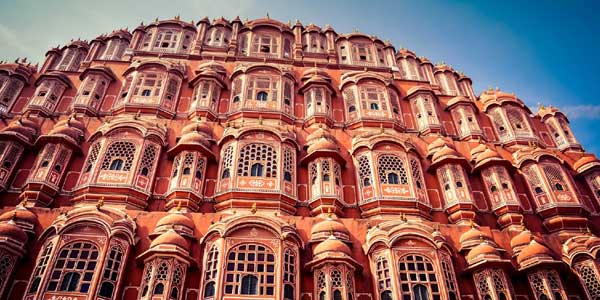
Duration : 04 Nights / 05 Days
Destination : Jaipur - Bharatpur - Mathura - Agra
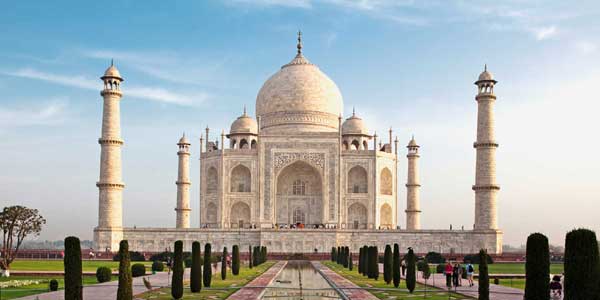
Duration : 07 Nights / 08 Days
Destination : Delhi – Agra – Bharatpur – Ranthambhore – Jaipur – Delhi
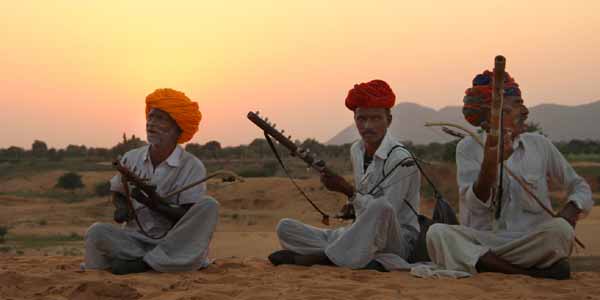
Duration : 13 Nights / 14 Days
Destination : Delhi, Corbett, Unchagaon, Agra, Bharatpur, Jaipur, Delhi
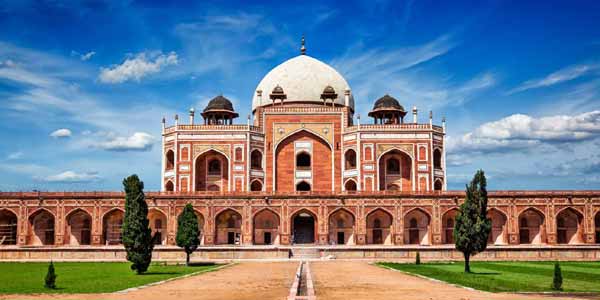
Duration : 14 Nights / 15 Days
Destination : Delhi, Jaipur, Ranthambore, Bharatpur, Agra, Umaria, Bandhavgarh, Kanha, Jabalpur, Delhi
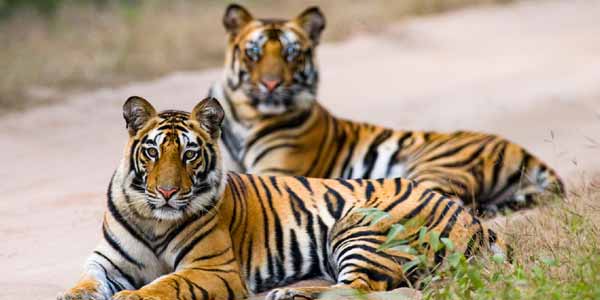
Duration : 10 Nights / 11 Days
Destination : Delhi, Ranthambhore Natioanl Park, Bharatpur Bird Sanctuary, Agra, Umaria, Bandhavgarh national park, Delhi
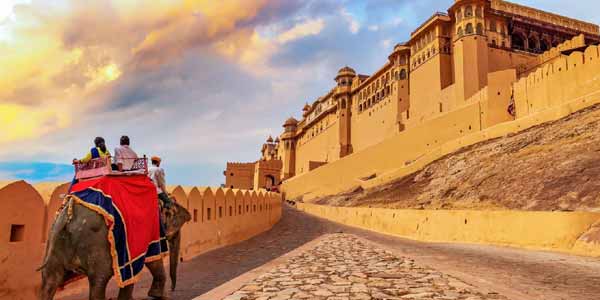
Duration : 10 Nights / 11 Days
Destination : Delhi, Sariska, Jaipur, Sawai Madhopur, Ranthambore National Park, Bharatpur, Agra, Delhi